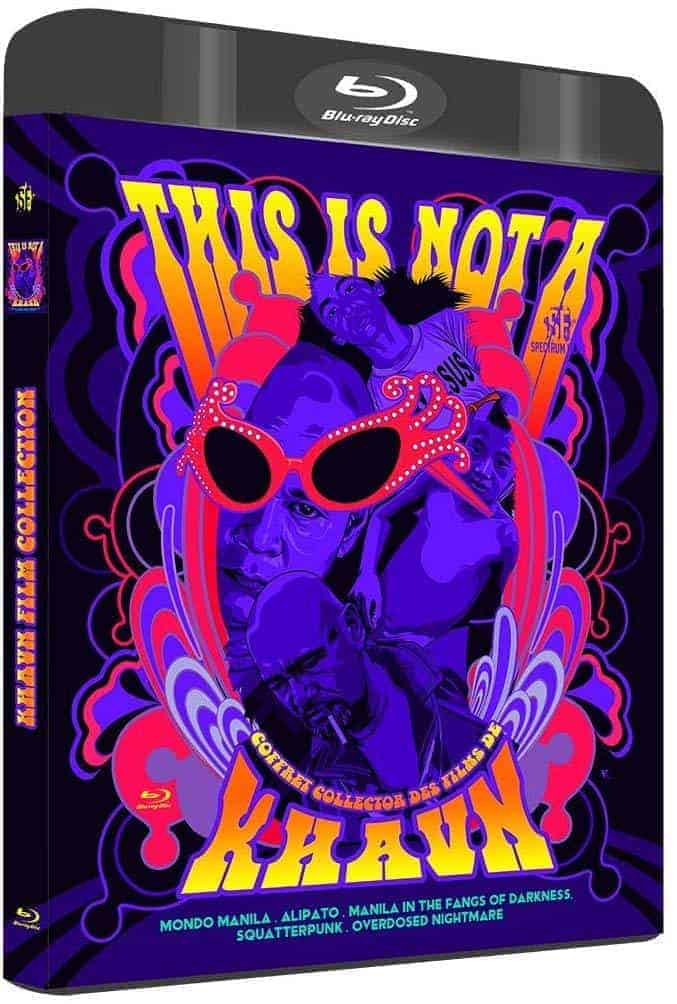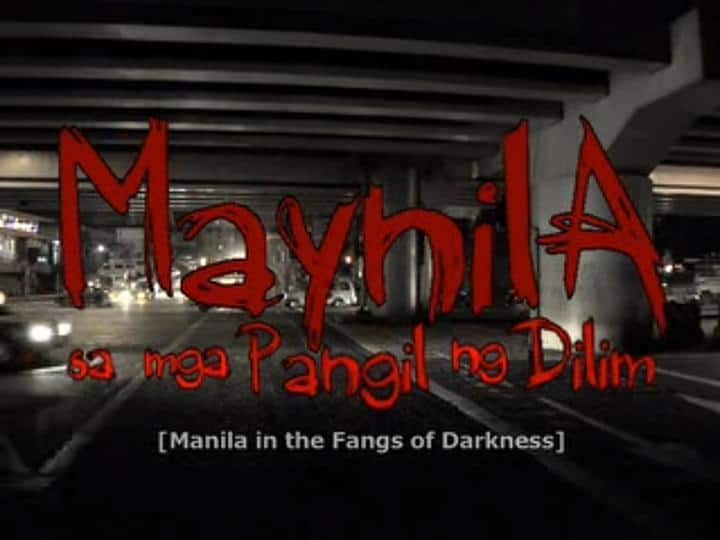In the unique cinematic universe of Khavn, one of the few standards one can pinpoint is the music video aesthetics, as a number of his films function as a collage of his extreme ideas through the combination of music and editing. In the case of “Manila in the Fangs of Darkness” however, even this element is pushed to the background as the film functions as a tribute to the iconic Lino Brocka masterpiece “Manila in the Claws of Light” and its protagonist, Bembol Roco, but at the same time, also as a video essay that analyzes the film, in the form of another film. Confused? Get used to that feeling, because confusion is another of Khavn's trademarks.
Buy This Title

From the opening titles, the tribute-like nature of the film becomes quite evident, with a sense of retro permeating the screen, along with Khavn's extreme sense of humor, as indicated by the fact that three actors' parts are named as “Ligaya's lovers”. As the actual movie begins, and similarly to the original film, the camera follows Bembol Roco, who, in this case, is named Kontra Madiaga, as he follows a beautiful woman, again named Ligaya, in the streets of Manila. The girl does not interact with him, but instead functions as a medium for Khavn to show the inhumanity that dominates the metropolis, while Kontra, in his effort to protect Ligaya from all the decay, ends up being a murderer. His tactics however, do not have the desired effect, and Ligaya eventually succumbs to prostitution.
The aforementioned scenes are interrupted by sequences where Kontra speaks to himself, mostly communicating his hatred about the world around him, scenes from the actual film and Roco's overall filmography (“Hayop sa hayop”, “Orapronobis” etc) and a number of other sequences that highlight Khavn's critique on the military regimes and their extreme practices, along with his notion that the police is the corrupt muscle of politicians and the ruling class. The scene where a traffic policeman gives orders to people for where to stand and what to do is a distinct sample of the director's opinion.
Through these social comments, the movie also functions as an essay, expanding, commenting, and analyzing the main themes of the original, as is the way the rich, and subsequently the system, exploit the poor and uneducated, and the moral decay this tactic leads to.
Lawrence Ang's editing combines all the aforementioned elements in a completely frantic style, as per Khavn's tactics regarding this part, who asks his editors to forget chronology and just assemble the scenes the way they appeal to them. Albert Banzon's cinematography follows the rules of the documentary for the most part, again like the original, although this realism is somewhat lost in all the elements that comprise the narrative.
Evidently, “Manila in the Fangs of Darkness” is not an easy movie to watch, and definitely demands from its viewers to have seen the Brocka film first. However, if one were to allow himself to submerge inside Khavn's extreme aesthetics, he would find a number of appealing elements, in experimental fashion.













